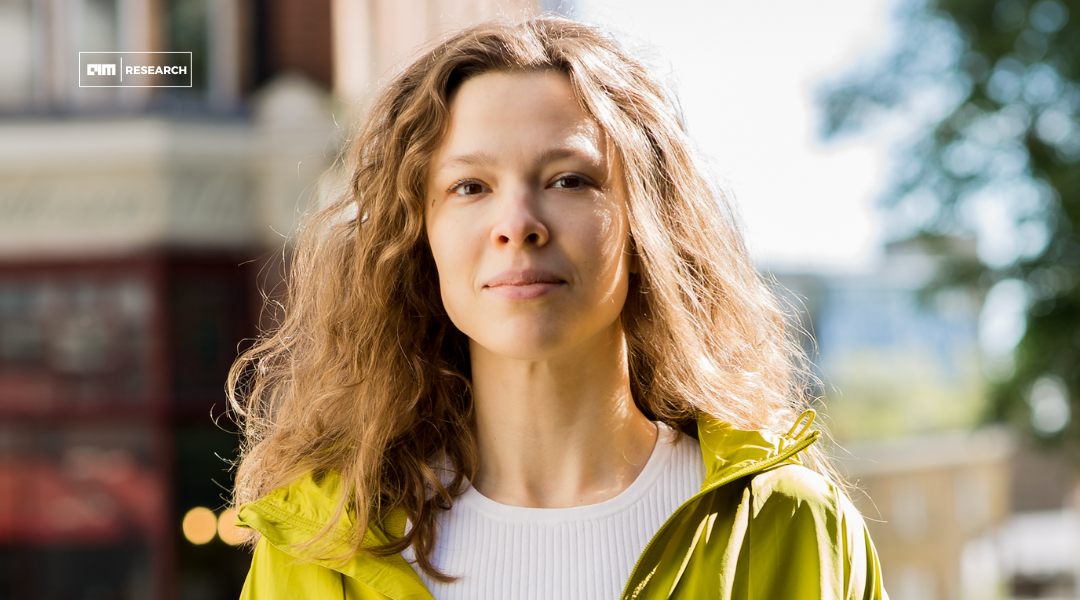
Recraft: The AI Design Model That Outperformed Dall-E and Midjourney Just Landed $30M
- By Aashi Agarwal
- Published on
Recraft has raised $30M to scale its AI design platform that helps teams create fast, brand-consistent visuals.


A few years ago, Anna Veronika Dorogush had an idea. She wanted to fix a problem that many design teams face: creating good visuals quickly without losing brand consistency. As someone with a strong background in machine learning (she’s worked at Yandex, Google, and Microsoft), she knew AI could help. But most AI tools weren’t built for the real needs of design and marketing teams. So, she started building her own. That’s how Recraft was born.
Initially, it went unnoticed. There was no significant publicity, no extravagant launches, only steady progress. But last year, something surprising happened. Recraft’s image generation model beat some of the biggest names in the business, including DALL·E and Midjourney, on a major benchmark used to test how good AI image models are.
And now, Recraft is stepping into the spotlight. The company just raised $30 million in fresh funding, led by Accel, with backing from Khosla Ventures, Madrona, Nat Friedman, Elad Gil, and RTP Global. It already has more than 4 million users and is pulling in $5 million a year in recurring revenue.
The problem with most AI image generators is that they cannot follow instructions very well. Asking one of them to add a specific logo in a particular spot results in something close but not right, and hours are spent fixing it manually. Recraft decided to solve this head-on.
Their platform gives users control. Designers can guide the style. They can place their brand elements, such as logos, characters, and product shots, exactly where they want. The final image looks like something the brand would use in a campaign. It is like a Canva-style design tool powered by smart AI. Instead of using templates, it allows users to generate unique, on-brand visuals. It’s fast, flexible, and a lot more precise than what most AI tools offer.
Recraft’s latest model, V3, is consistent and controlled. It can generate visuals that follow a specific design style and stay consistent across multiple images. This is a significant change for companies that need to scale their design output without hiring a dozen designers.
Teams use Recraft to create social media content, campaign visuals, product shots, and more, while keeping everything aligned with the company’s brand image and style. Another clever feature is “style guides” that can be trained to match the brand’s tone. That means if a company’s brand is minimalist, colorful, vintage, or anything in between, Recraft can learn it.
Before she built AI models, Anna Veronika Dorogush worked as a professional fashion model. At the same time, she was studying math and computer science at one of Russia’s top universities. She later left the modeling world, but the experience stayed with her. It taught her that hard work alone isn’t enough.
“The biggest lesson from that time was that grinding isn’t everything,” Dorogush said. “Now when building a company, I know that to succeed, we have to be excellent at what’s mission-critical. In our case, building models is very important. So we have put all the effort into excelling at this.”
Anna built Recraft without a huge team or expensive marketing. She focused on making the product strong. Today, teams at big companies like Amazon, Uber, Salesforce, and others are using Recraft to save time, move faster, and create visuals that match their brand without needing to go through long design processes.
With $30 million in new funding, Recraft plans to expand, add more features, better controls, and smarter AI. The goal is to make it even easier for teams to create high-quality, on-brand content faster and with less effort. Recraft is continuously working to remove the pain from design work so people can focus on ideas, not file formats and template tweaks.
📣 Want to advertise in AIM Research? Book here >
Cypher 2024
21-22 Nov 2024, Santa Clara Convention Center, CA
A Vendor Briefing is a research tool for our industry analysts, and an opportunity for a vendor to present its products, services and business strategies to analysts who cover the vendor specifically or a related technology or market.
AIM Research encourages technology vendors and agencies to brief our team for PeMa Quadrants, when introducing a new product, changing a business model, or forming a partnership, merger, or acquisition.


